To calculate cut off marks for UGC NET 2024, one must obtain the count of students of each category who opt for JRF & qualify for the assistant professor post in a each subject as well the no. of JRF slots available for each category.
Table of Contents
To calculate cut off marks for UGC NET 2024, one must multiply the number of students from a specific category who opt for JRF & qualify for the assistant professor post in a particular subject with the number of JRF slots derived for that category. One must divide the result by the total number of students of the said category across all subjects who opt for JRF & meet the assistant professor eligibility.
Cut off marks for UGC NET are 40% for general category candidates and 35% for candidates from reserved categories. The process to calculate cut-off marks for UGC NET exam 2024 varies for assistant professors and combined (JRF and assistant professors).
Moreover, NTA further follows the normalisation process to avoid any tie situation while framing the final results.
How to Calculate Cut Off Marks for UGC NET 2024?
There are some steps involved in calculating the UGC NET cutoff. Candidates wondering how to calculate cut off marks for UGC NET 2024 must check out the process followed by NTA:
- A minimum of 6% of all applicants who appear in both the papers of UGC NET tests must meet the qualification criteria (total slots or Eligibility for Assistant Professor).
- According to the reservation policy or guidelines, the total number of slots is divided based on availability for the exam among various candidates.
- Candidates must reach for papers I and II to qualify for JRF and Assistant Professor positions.
UGC NET Cut Off Marks for Assistant Professors
To calculate UGC NET cut off marks for assistant professors, a method is devised to derive the candidates who are qualified in any subject from a category and it is explained through an example given below.
Example: What is the number of candidates to be declared qualified for Eligibility for Assistant Professor in the subject ‘Philosophy’ for the general (UR) category?
Calculation Formula: The total number of candidates from the general category who received at least 40% in both the papers together for philosophy (x) Total slots calculated for general / Total number of applicants from the general category across all subjects who received at least 40% in both papers combined.
The total percentage of the 2 papers, based on the no. of slots derived, will ascertain the qualifying cutoff for Assistant Professor ‘in ‘Philosophy’ for the General category. This is the standard way followed to derive the cutoff marks for UGC NET assistant professors across all the categories.
Also Read: UGC NET Certificate 2024: Steps to Download, Documents
UGC NET Cut Off Marks for Both JRF and Assistant Professor
In order to calculate cut off marks for UGC NET 2024 for both JRF and Assistant Professor, the total number of slots available for JRFs are divided among the various categories by the reservation procedure. The method used to allocate JRF seats by subject and category is shown below using an example.
Example: What is the number of candidates to be declared qualified for JRF and Assistant Professor in the subject ‘Philosophy’ for the general (UR) category?
Calculation Formula: The number of candidates from the general category who opt for JRF and meet the Assistant Professor eligibility in philosophy (x), total no. of JRF slots available for general / Total number of applicants from the general category across all subjects who opt for JRF and comply with the Assistant Professor eligibility.
The total percentage achieved by the candidates in both the papers corresponding to the total slots shall derive the JRF UGC NET cutoff in ‘Philosophy’ for the General category. Similarly, candidates can calculate the UGC NET cutoff marks for various subjects & categories.
Also Read: UGC NET Passing Marks 2024: Cut Off Marks, Factors
UGC NET Cutoff 2024
The UGC NET cutoff 2024 for different subjects & categories are released by the authorities. The students can download the category-wise UGC NET cutoff marks for 2024 from the link given below.
| Particulars | PDF Links |
| UGC NET Cutoff 2024 (December Session) | Download |
| UGC NET Cutoff 2024 (June Session) | Download |
What is UGC NET Normalisation Process?
Now that the aspirants have understood how to calculate ut off marks for UGC NET 2024, let us gain an understanding of the normalisation process. To compare the applicants' scores across different session papers, the normalisation technique is used by NTA.
This is done to give all candidates who compete in different slots with varying degrees of difficulty equal opportunities. Thus, there is no chance of mismanagement or loss of opportunities.
Also Read: UGC NET Normalization Process 2024: Result Preparation & Calculation Criteria
What are Percentile Scores in UGC NET?
The percentile scores are computed based on the relative performance of all the applicants who appeared. For each session of examinees, the applicants' scores are transformed into a scale that ranges from 100 to 0. To prevent bunching and the possibility of a tie, the percentile scores are computed to a decimal number of seven.
Also Read: UGC NET Result 2024
Previous Years UGC NET Cutoff Marks
To consider admission into any UGC NET scores accepting colleges, candidates need to know each category's cut-off. The entire list of cut-off scores from previous years is here.
Cutoff Marks for UGC NET 2023-2018
Here is the cut-off across various sessions of 2022, 2021, 2020, 2019, 2018, and 2017 in PDFs. Download and check for a better understanding.
| Particulars | PDF Links |
| UGC NET Cut Off 2023 (December) | Download |
| UGC NET 2022 Cutoff (December) | Download |
| UGC NET 2022 Cutoff (June) | Download |
| UGC NET 2021 Cutoff (June) | Download |
| UGC NET 2020 Cutoff (December) | Download |
| UGC NET 2020 Cutoff (June) | Download |
| UGC NET 2019 Cutoff (December) | Download |
| UGC NET 2019 Cutoff (June) | Download |
| UGC NET 2018 Cutoff (December) | Download |
| UGC NET 2018 Cutoff (June) | Download |
Also Read: UGC NET Certificate Validity 2024: Check Steps to Download








![Bharathiar University, [BU] Coimbatore](https://media.getmyuni.com/azure/college-image/small/bharathiar-university-bu-coimbatore.jpg)




















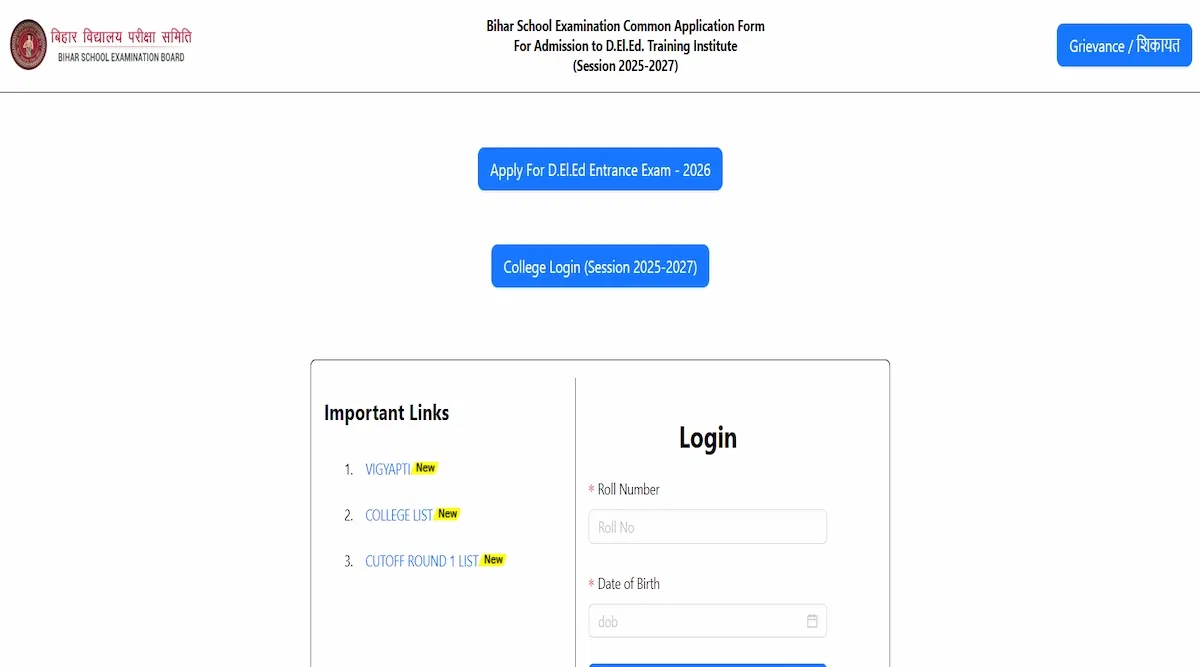




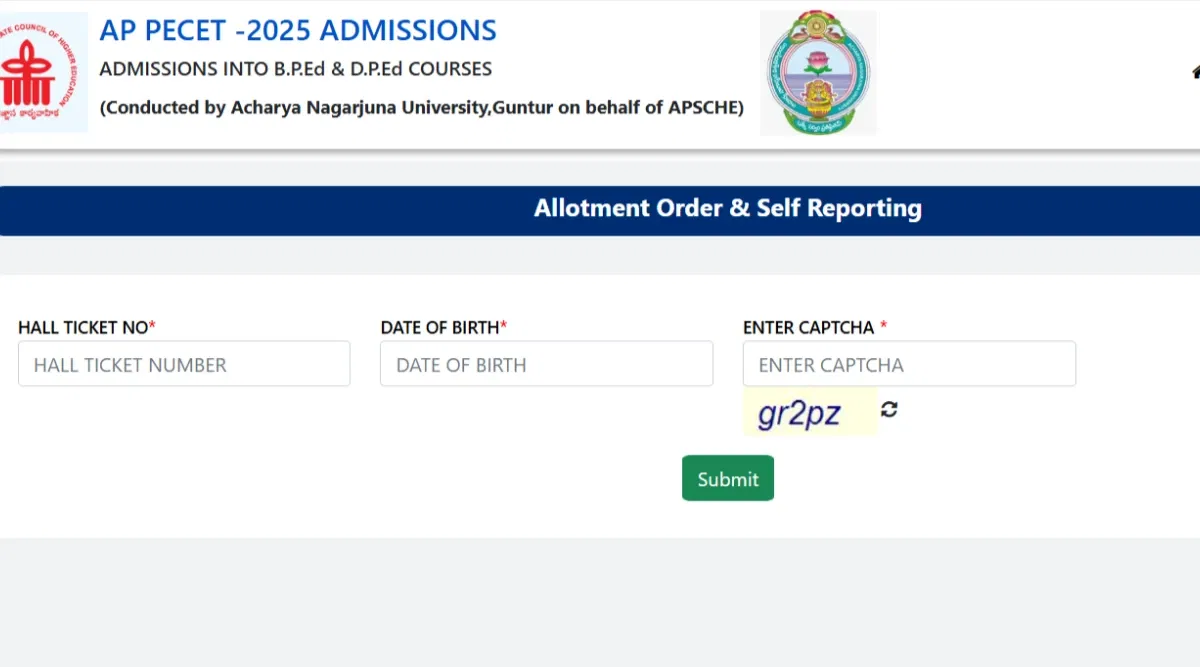
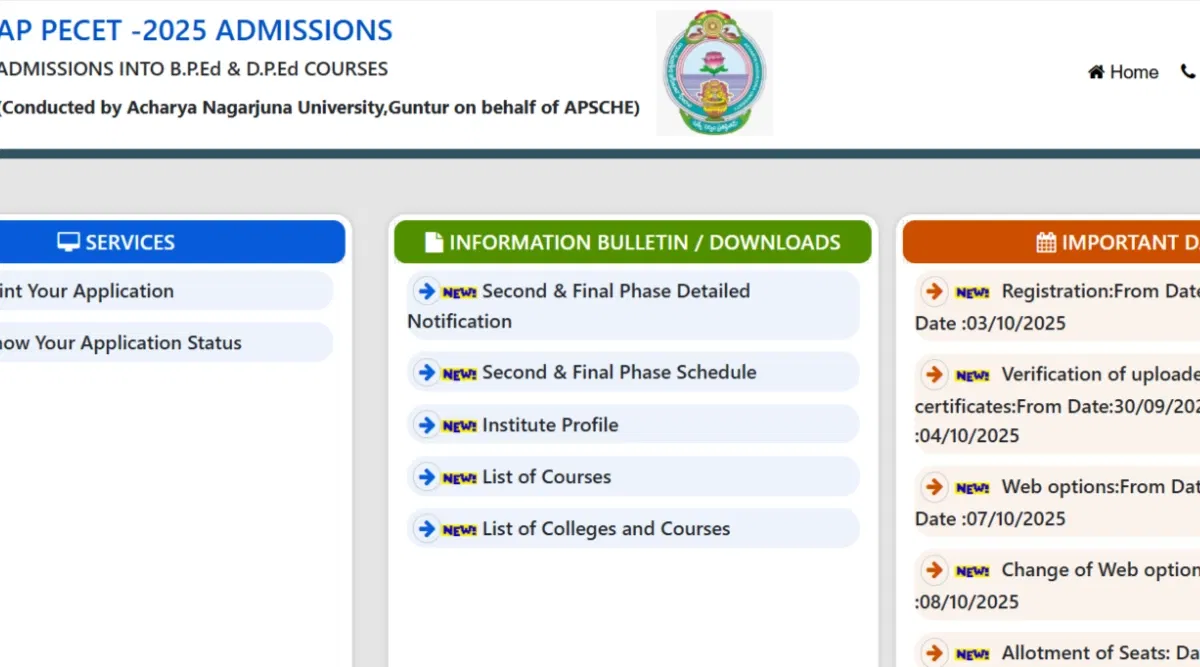
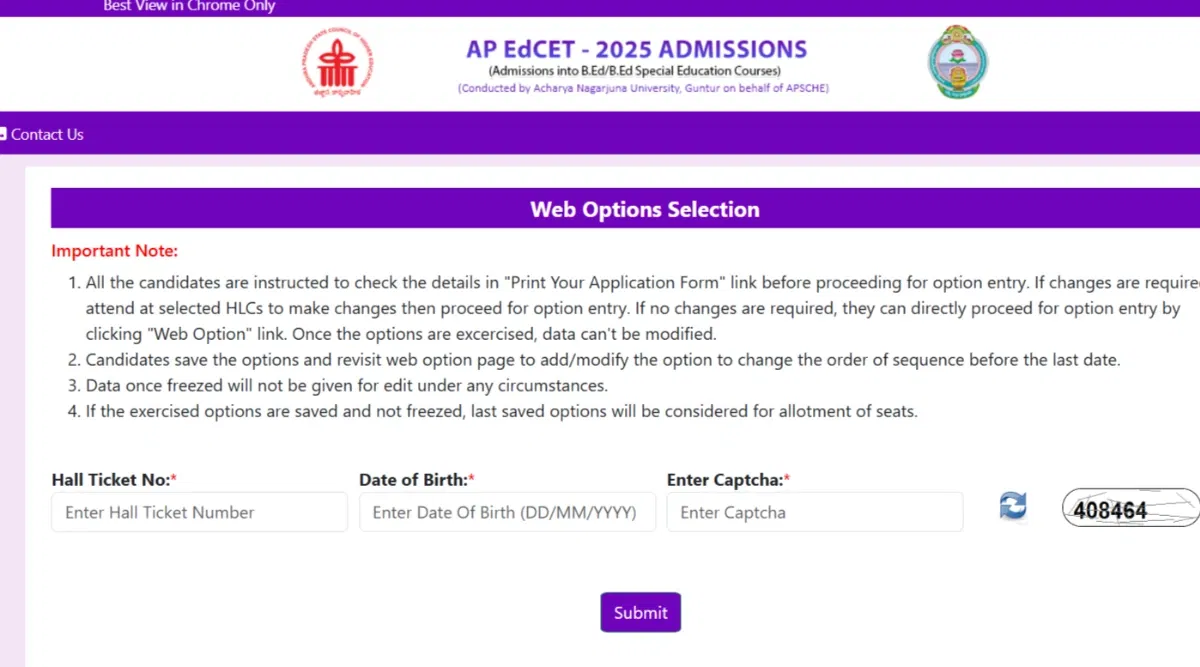
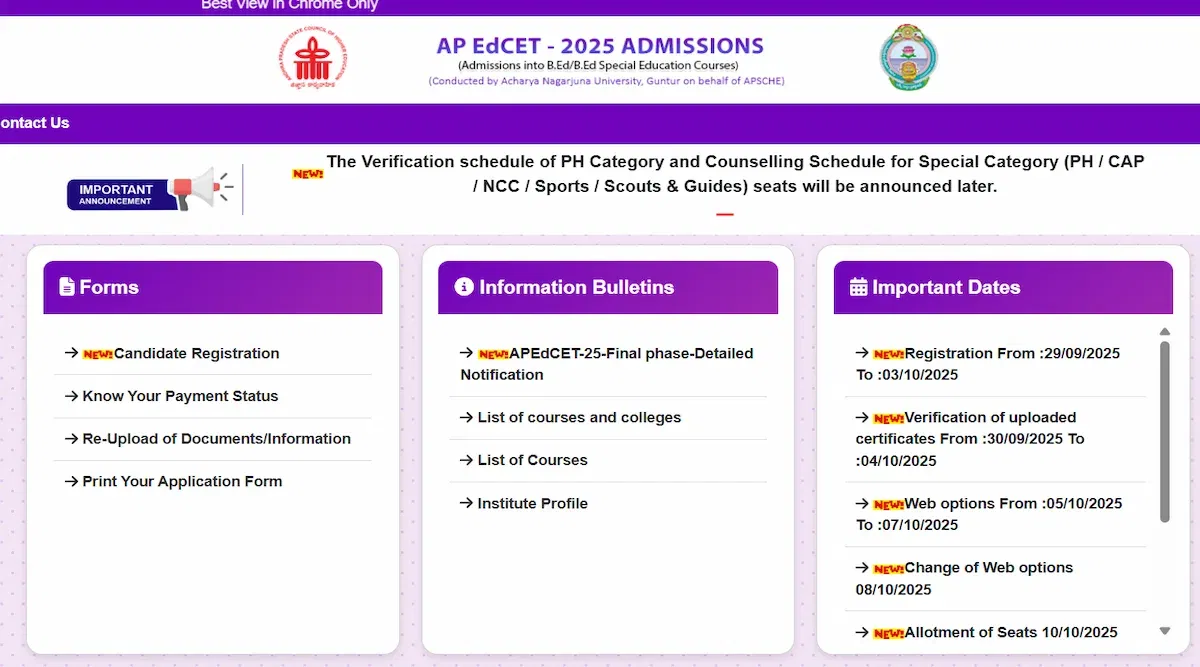


POST YOUR COMMENT